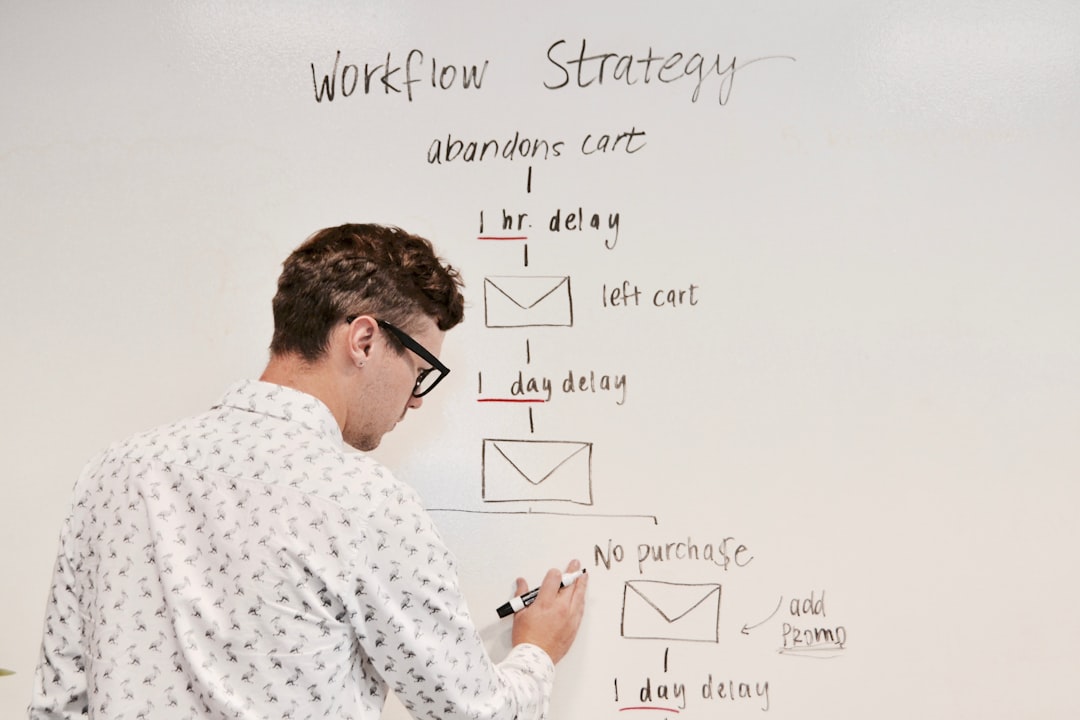The journey to mastery in email marketing, especially for self-published authors, is a path paved with opportunities and challenges. It's a voyage that demands a keen understanding of your audience, the creation of compelling content, and the effective use of email automation tools. The reward? Skyrocketing open rates, amplified engagement, and a significant boost in book sales. Let's embark on this journey together, exploring effective strategies and practices that will transform your email marketing game.
- Understanding the Importance of Open Rates
- Crafting Compelling Subject Lines
- Optimizing Email Content and Timing
- Harnessing the Power of Email Automation
- Monitoring and Adjusting Your Strategy
Understanding the Importance of Open Rates
What are Open Rates and Why Do They Matter?
Open rates are a critical metric in email marketing. They represent the percentage of recipients who open your emails. High open rates indicate that your subject lines are compelling and that your audience is interested in your content. Conversely, low open rates may suggest that your emails are not resonating with your audience or are being marked as spam.
For self-published authors, open rates can provide valuable insights into the effectiveness of their promotional campaigns. High open rates often correlate with increased book sales and a stronger connection with readers. Thus, mastering the strategies to boost open rates is crucial for any author aiming to make a mark in the self-publishing world.
The Impact of Open Rates on Email Deliverability
Open rates not only provide insights into your audience's engagement but also influence your email deliverability. Email service providers (ESPs) monitor open rates to determine the relevance and quality of your content. A consistently high open rate can improve your sender reputation, increasing the likelihood of your emails landing in the recipient's primary inbox rather than the spam folder.
Conversely, consistently low open rates can harm your sender reputation, leading ESPs to categorize your emails as "spam" or "promotional," thus reducing your overall email deliverability. Therefore, understanding and improving open rates is key to successful email marketing.
Crafting Compelling Subject Lines
The Power of a Good Subject Line
Subject lines are the first thing your recipients see, and they play a pivotal role in determining whether your email gets opened or ignored. A compelling subject line is like a good book title—it should pique the reader's curiosity and compel them to explore further.
To craft effective subject lines, consider what motivates your audience. Are they looking for insider information about your upcoming book? Do they enjoy personal anecdotes about your writing process? Use this knowledge to create subject lines that speak directly to your audience's interests and needs.
Best Practices for Subject Line Creation
There are several best practices to consider when crafting your subject lines. First, keep them short and sweet. Most email platforms truncate subject lines after 60 characters, so aim to convey your message within this limit.
Second, make them specific. Vague subject lines can be confusing and may lead to lower open rates. Instead, let your audience know exactly what they can expect from your email.
Third, consider using a sense of urgency or exclusivity. Phrases like "limited time offer" or "exclusive sneak peek" can encourage recipients to open your emails promptly. However, use these tactics sparingly to avoid sounding salesy or insincere.
Finally, experiment with personalization. Including the recipient's name or referencing their previous interactions with your content can make your emails feel more personal and relevant.
Optimizing Email Content and Timing
Creating Engaging Content
Once your email is opened, the content within needs to deliver on the promise of the subject line. Create engaging, valuable content that resonates with your audience and encourages them to interact with your emails. This could include updates about your writing process, exclusive previews of your upcoming book, or personalized book recommendations based on their reading history.
Remember, good content not only boosts your open rates but also improves your click-through rates (CTR), leading to more website visits and potentially higher book sales. To learn more about creating engaging content, check out our guide on Crafting an Author Newsletter that Resonates.
The Art of Timing
Timing is another essential factor in email marketing. Sending your emails when your audience is most likely to be checking their inbox can significantly increase your open rates.
While the optimal send time can vary depending on your specific audience, general best practices suggest that weekdays, especially Tuesday and Thursday, are the best days to send emails. As for the time, early morning (around 6 AM), mid-day (around 12 PM), and late afternoon (around 4 PM) are often considered the best times.
However, these are just guidelines. It's crucial to experiment with different send times and monitor your open rates to find the optimal time for your audience.
Harnessing the Power of Email Automation
Benefits of Email Automation
Email automation is a powerful tool that can help you increase your open rates and engagement. It allows you to send targeted, personalized emails to your subscribers at the right time, without having to manually send each email.
For example, you can set up an automated welcome email series for new subscribers, providing them with valuable information about your books and encouraging them to engage with your content. This not only helps to build a strong relationship with your readers from the start but also improves your open rates and CTR.
Implementing Email Automation
There are several ways to implement email automation. One of the most common methods is through drip campaigns, where a series of pre-written emails are sent out to subscribers over a period of time.
Another effective method is trigger-based emails, which are sent out based on the subscriber's behavior. For example, if a subscriber downloads a sample of your book, you could send them an email a few days later asking for their feedback or suggesting similar books they might enjoy.
To learn more about email automation and how it can elevate your book marketing game, check out our guide on Effective Storytelling: Elevate Your Book Marketing Game with Email Automation.
Related Posts:

5 Key Tactics to Skyrocket Your Email Open Rates
Ignite curiosity and drive reader engagement with techniques to maximize open rates for authors. Unleash the power of compelling previews in your email marketin…
Monitoring and Adjusting Your Strategy
Tracking Your Open Rates
Monitoring your open rates is crucial to understanding the effectiveness of your email marketing strategy. Most email marketing platforms provide detailed analytics, allowing you to track your open rates, CTR, and other important metrics.
Keep an eye on these metrics over time. If you notice a drop in your open rates, it might be a sign that your subject lines, content, or send times need adjustment. Conversely, if you see a spike in open rates, take note of what you did differently and consider implementing similar strategies in future emails.
Constantly Refining Your Strategy
Email marketing is not a set-and-forget strategy. It requires constant refinement and adjustment based on your audience's behavior and feedback. Don't be afraid to experiment with different subject lines, content styles, send times, and automation strategies.
Remember, what works for one audience might not work for another. Therefore, it's crucial to understand your audience and tailor your strategy to their needs and preferences.
In conclusion, mastering email marketing is a journey, not a destination. With the right strategies and a willingness to learn and adapt, you can significantly boost your open rates, engage your audience, and drive more book sales. Happy emailing!




